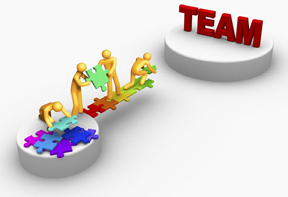Chapter 7. The mindset of an agile leader

A few months ago, Greg was contacted by a friend with a problem. The friend had let a compliance project slip through the cracks. The compliance deadline was year-end, which was a mere five weeks away. Failure to comply could mean serious governmental repercussions. Greg’s friend asked for help in creating an agile team and doing an agile project in the following 5 weeks.
This would be a great time for us to tout how agile came in and saved the day, but that would be a lie. Greg did help his friend prioritize his work and make the deadline, and they did follow some agile principles along the way, but they didn’t put an agile team or process in place. Why? Because it takes time to establish an agile methodology. Teams need time to feel comfortable with agile processes, and they need time to learn how to interact with each other. Managers need time to learn how to lead in an agile environment. The team needs to use an agile process for several months, and then major benefits will begin to become apparent.
Migrating to agile means more than changing your process. It also requires a change in culture. For most companies, changing culture is the most difficult part. We believe this is true for several reasons: